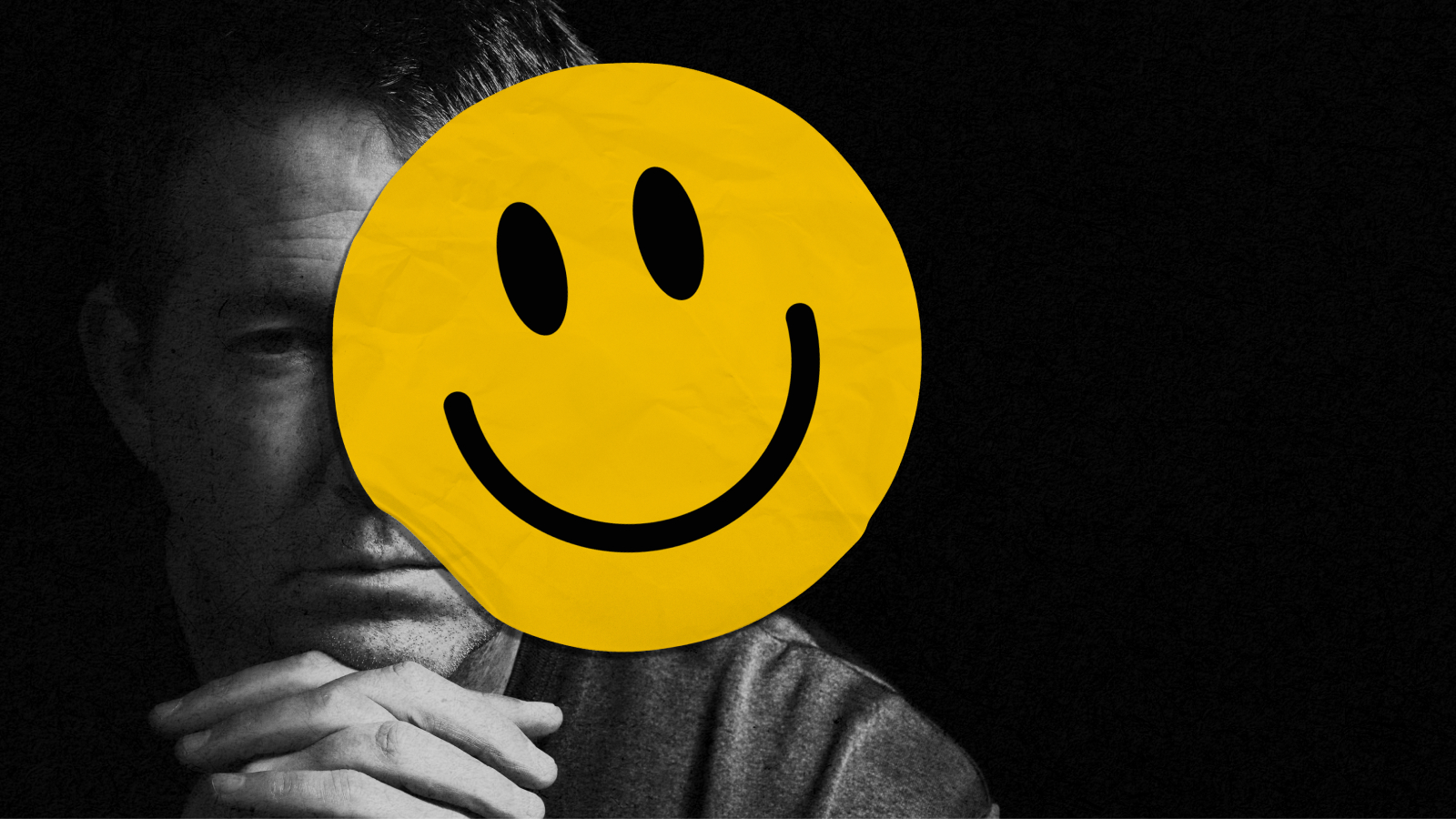This Is Your Brain on Love

What’s the Latest Development?
Thanks to new neuroimaging technology, science understands better than ever how the brain functions while in love. From infancy to adulthood, our loving interpersonal relationships shape our other experiences the most, which in turn influence how our brain works. As babies, our neural patterns mirror those of our mothers, demonstrating how love literally makes one being from two people. Through adolescence, we develop an individual identity, only to incorporate another being into the sense of ourselves when we find a long-term mate.
What’s the Big Idea?
Science once thought that, after receiving genes from your parents, your childhood experiences created a mental blueprint for the rest of your life. Now we understand the brain to be more fluid, continuing to form as we progress through various stages of knowledge and love throughout adulthood. And having loving relationships throughout life benefits us in countless ways, from reducing the pain we feel after sustaining physical injuries to improving our general health. When your brain trusts another person, it ceases to use its energy coping with stress.
Photo credit: shutterstock.com





